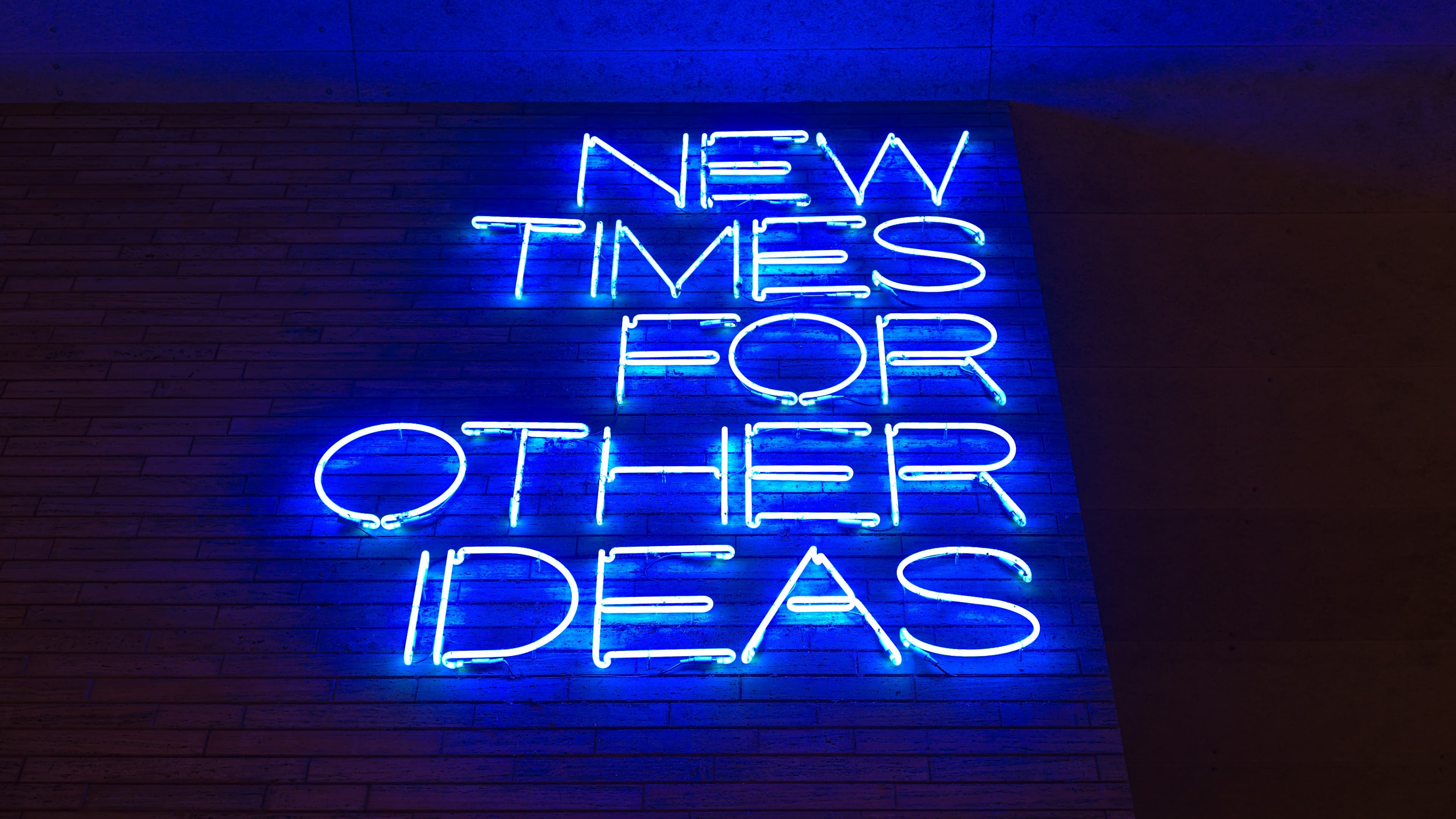Your First Customers Are Already in Your Phone

You've done the hard part—you’ve defined your service, set your prices, and are ready to go. Now comes the step that trips a lot of people up when : finding paying customers. It feels intimidating, but the truth is, the foundation for your client list is probably already sitting in your pocket.
It all starts with prospecting—building a list of potential clients and figuring out where they hang out. This is where your network becomes your single most valuable asset.
Your Network Is Bigger Than You Think
You might feel like you don't know that many people, but science suggests otherwise. The anthropologist Robin Dunbar came up with a concept now known as "Dunbar's number," which says that we can comfortably maintain about 150 stable relationships. He defined these as the people you wouldn't feel awkward joining for a drink if you ran into them at a bar.
Let’s do some quick math. If you have 150 people in your immediate circle, and each of them has their own 150 connections, you’re only one degree of separation away from 22,500 people (150 x 150). That’s a huge pool of potential customers for your , and the more established you are, the more likely some of them are already perfect fits.
How to Map Out Your Personal Network
Your personal network is a mix of everyone you have a decent relationship with: friends, family, old colleagues, clients, and suppliers. The first step is to get all of these contacts into one place. The easiest way to do this is with a simple spreadsheet.
Start by pulling together your contacts from everywhere:
- LinkedIn connections
- Facebook friends
- Your phone's contact list
- Your email address book
- People you've interacted with on other social media platforms
To make this list truly useful, you need to categorize it. Your spreadsheet should have a few key columns:
- The basics.
- How do you know them? (e.g., friend, former colleague, family).
- Are they a potential client or an introducer who can connect you with others?
- Rank them based on how influential they might be or how much you'd value their business.
- What's the best way to reach them (email, phone, in-person)?
This organized list is the beginning of your customer database. It's a living document you'll use to track conversations and follow-ups. For those who aren't naturally organized, a simple CRM tool designed for freelancers, like InfoFlo, can act as a virtual assistant, reminding you who to connect with and when. This is a crucial tool for effectively.
Your Support System: Sponsors, Mentors, and Coaches
Your network isn't just a source of leads; it’s also a support system. Within your contacts, you’ll find people who can fill three key roles:
- These are your advocates. They talk about you and your work when you’re not in the room, acting as your personal referral engine. Being a great sponsor for others is also a great marketing move for yourself.
- These are experienced professionals in your field who can offer guidance and perspective. They might even refer clients they're too busy to take on. Don't be afraid to reach out to someone who inspires you; many seasoned pros are happy to help new talent.
- These are the people you can turn to for personal challenges. They’re often friends outside your direct line of work who can help you see things clearly when you're feeling stuck.
Expanding Your Circle Through Networking Events
Once you’ve mapped your existing network, you’ll see gaps. The best way to fill them is by attending networking events. Yes, it can feel like work, but preparation makes all the difference. Before you go, ask yourself: what’s the cost of attending versus the potential benefit?
People usually go to events for two reasons: to learn something new or to meet specific people. A great event will let you do both. While you're there, don’t just wait for the coffee breaks. If you've done your homework on the speakers, you can ask an intelligent question during a Q&A—just state your name and what you do first.
My mentor, Mike Southon, has a five-question strategy for working a room effectively:
- A simple opener.
- When they ask you back, be ready with your client-focused pitch.
- This shows genuine interest. If the conversation feels forced here, it's your cue to politely move on.
- This emotional question can open up a real conversation where you can offer value, like recommending a helpful article or book.
- This is the ultimate value-add. By connecting them to someone else, you become a valuable resource.
Always follow up the next day. A quick trick is to jot a note on their business card right after you talk to them so you remember what you discussed. For many , these personal connections are what lead to the best projects.
Choosing the Right Event
Not all events are created equal. Here’s a quick breakdown:
- Usually smaller and focused on learning. They’re great for making deeper connections with a few people.
- Larger, more formal events that draw people from all over. They offer a mix of learning and high-volume networking. If the ticket is too pricey, consider volunteering. You often get a free pass and a chance to meet everyone at the registration desk.
- These are marketplaces where companies exhibit their products. It's often better to attend as a visitor first to see if it's a good fit before paying for an expensive booth.
Platforms like Eventbrite and Meetup are great for finding local events. If you're , local events are an efficient way to build connections without a huge time commitment.
A Quick Note on Data Protection
As you collect contact information, you have to handle it responsibly. Regulations like GDPR in Europe set a high standard for data privacy that’s becoming the global norm. In simple terms, this means you need to be transparent about what data you're collecting and get clear consent (an "opt-in") before adding someone to an email list.
This applies to any personal data that can identify an individual, even in a B2B context. The key is to be respectful and secure. Consider keeping your personal and professional details separate to protect your own privacy as you build your .
By mapping, organizing, and strategically growing your network, you transform a list of contacts into a powerful engine for your business. The next step is to start reaching out and turning those connections into customers, moving your venture from a .








